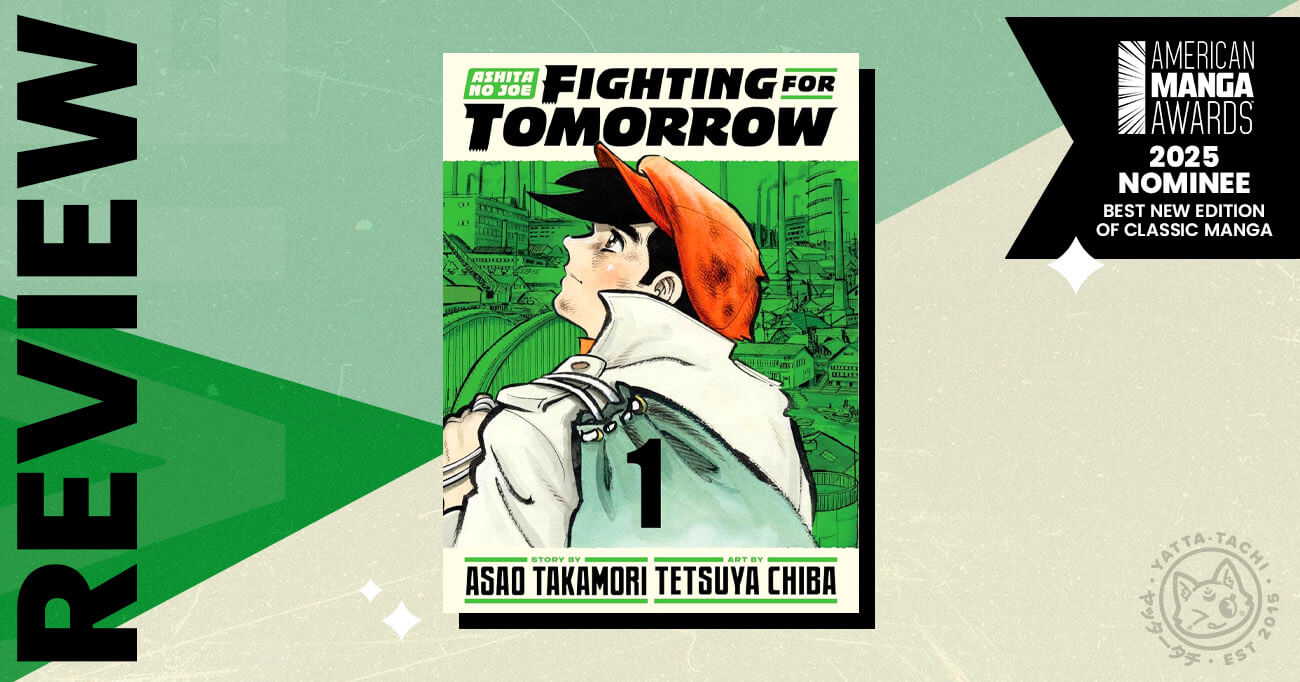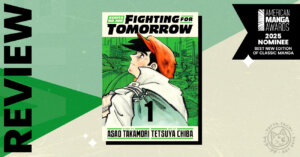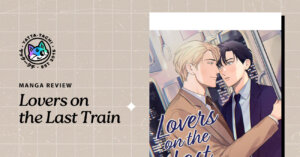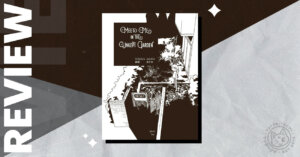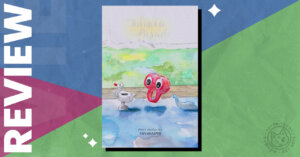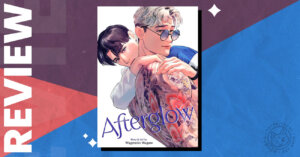Content Warning: Blood, Violence
Synopsis
One of the most culturally significant manga series in Japan, Ashita no Joe: Fighting For Tomorrow is a striking human drama centered on Joe Yabuki. A homeless orphan wandering the slums, Joe spends his time scheming and scamming until his escapades finally land him in juvenile prison. But former boxer Danpei Tange sees potential in Joe, and steers him into focusing his aggression and strength on the sport of boxing. Ashita no Joe: Fighting For Tomorrow is Joe’s incredible journey from a young scrapper to professional boxer. It is also one of the most cherished sports-centered manga of all time.
The Good
While many write off Ashita no Joe as a simple sports manga, it is far more than that. Joe’s story starts far away from the bright lights of Japan’s big cities. While exaggerated at times, Asao Takamori’s writing shows us what it was like to be impoverished in Japan. Financial struggles, run-ins with the law, even street violence and life behind bars were just a few things that people experienced at that time. That t might not seem like a big deal now. But when this manga came out in the 60s, these elements made it feel more like a relatable, human story.
If you’re a fan of lead characters in manga who are a bit rough around the edges (to put it lightly), you will love Joe and his journey to boxing greatness. When we meet Joe in this first volume, he’s nothing more than a homeless kid trying to survive. He’s brash, street-smart, and isn’t afraid to get his hands dirty when he needs to. It’s obvious that Joe had a huge impact on manga protagonists going forward. So if you love manga where the “hero” starts as just a juvenile delinquent, you’ll probably end up rooting for Joe yourself by the time you’re done reading this.
Joe’s story is made that much more intense by Tetsuya Chiba’s incredible art. A master of line work, his use of thick, bold lines to draw our eyes to the action and characters should be studied by anyone who loves sequential art. You can feel the weight of Joe’s swings in the fighting scenes, the emotion in the character’s faces and the blood sprays in the boxing ring. On the flip side, quiet scenes are also handled with care. Fine lines and shadows highlight character interactions and dialog in a way that not only flows easily, but is just beautiful to look at.
Speaking of beautiful to look at, this manga has some of the best lettering I’ve seen in a modern English release. Letterer Evan Hayden did an incredible job, especially when adapting the sound effects in this manga, matching both the look of the originals by doing the bulk of them by hand himself. Because of his hard work, the lettering looks and feels natural, like it was already a part of the original release. I sincerely hope that Hayden will be doing the lettering for the entire series, because his work in this first volume is—pardon the pun—a real knock out.
The Bad
Regardless of how beloved Ashita no Joe: Fighting For Tomorrow is, it’s not going to be a series for everyone. The first hurdle some fans will have to get over is that it’s a manga from the 1960s, thus the style of Chiba’s art looks a bit dated. While much of it is gritty and realistic, the character designs range from a “classic manga” look, to downright goofy looking. The neighborhood kids and many of the background characters, for example, would be right at home in an old black and white Fleischer cartoon. But that’s to be expected from a series from this era.
The second hurdle some folks will have to clear is the crude humor. When Joe starts hanging out with the neighborhood kids at the beginning of the series, there’s plenty of salty language and toilet jokes, some of it at the expense of the one little girl in their group. Thankfully, this isn’t a constant in the series, but it does pop up from time to time. The humor does serve as a reprieve from all the drama and violence. But since most of it feels outdated, it really shows the manga’s age and could turn off younger manga readers.
The final hurdle is the biggest and most obvious for a series about boxing: the blood and violence. If you’ve ever watched a real life boxing match, you know that boxing is not a sport to be taken lightly. Its depiction in this manga is no exception. Joe and his opponents are physically hurt. Blood is not only present, but sometimes practically splattered over the entire page. Pardon yet another pun, but Takamori & Chiba don’t pull any punches when depicting just how brutal boxing can be. Joe’s training is tough, and his fights with others can be explosive and downright frightening at times. While the boxing in Ashita no Joe: Fighting For Tomorrow is drawn realistically, with real-life technical explanations behind Joe’s blood, sweat, and tears; if you’re adverse to this type of violence, this series will be a hard read for you.
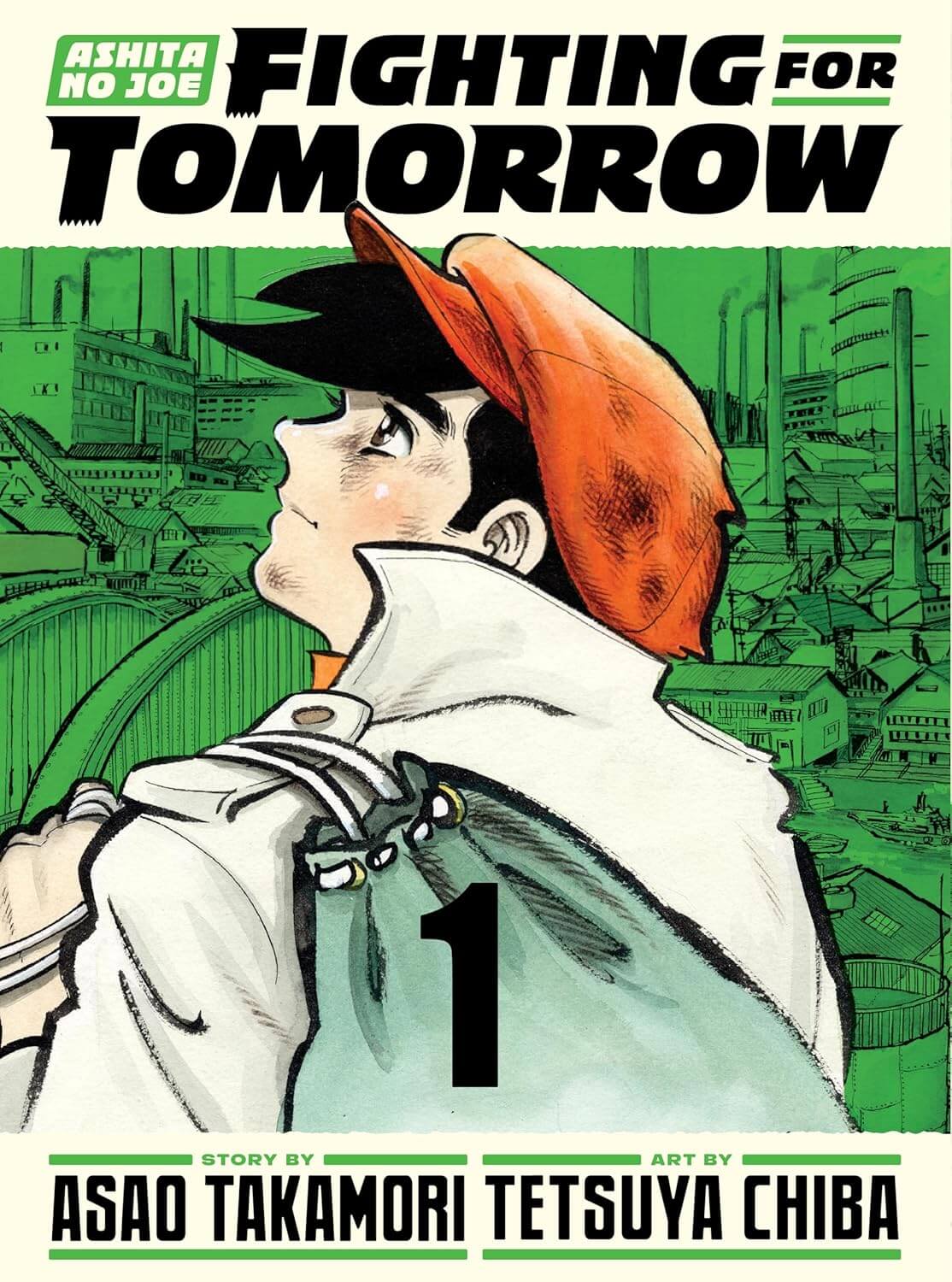
The Verdict
While this classic is not for everyone, it cannot be understated how big of a deal Ashita no Joe: Fighting For Tomorrow is. One of the cultural touchstones of manga history, it had a huge influence on comics in Japan, and is so beloved and well-known, it still gets referenced in pop culture to this day. To finally have the series officially available in English after all these years, and in such a well packaged format, is a big win for classic manga fans and those who want to read more foundational manga titles. If you’ve ever been curious about the series, I encourage you to pick it up and give it a try. You might be surprised just how much of it you might recognize simply from watching anime or reading manga, thanks to cultural osmosis.
If You Liked Ashita no Joe: Fighting For Tomorrow, Try…
You can purchase Ashita no Joe: Fighting for Tomorrow on Bookshop, Barnes & Noble and Amazon.
Credits
Story: Asao Takamori
Art: Tetsuya Chiba
Translator: Asa Yoneda
Letterer: Evan Hayden
Production: Risa Cho, Pei Ann Yeap
Proofreading: Kevin Luo
Editor: Daniel Joseph
Published in English by Kodansha USA’s Vertical Comics imprint
A special thanks to Kodansha for providing us with an advance review copy. Receiving early access to this manga has in no way altered the opinions expressed in this article.
Article edited by: Adam Wescott
The Good
- A gritty, pulls-no-punches story.
- An interesting & imperfect protagonist.
- Incredible art that makes an impact.
- Some of the best hand lettering in a manga release.
The Bad
- Sometimes dated looking character designs.
- Humor that can often be outdated and at the expense of others.
- Blood & violence is unavoidable, for those who are adverse to it.

Featured Sponsor - JAST
The sweetest romance and the darkest corruption, the biggest titles and the indie darlings; for visual novels and eroge, there's nowhere better.
Big thank you to our supporters
From their continous support, we are able to pay our team for their time and hard work on the site.
We have a Thank-You page dedicated to those who help us continue the work that we’ve been doing.
See our thank you page